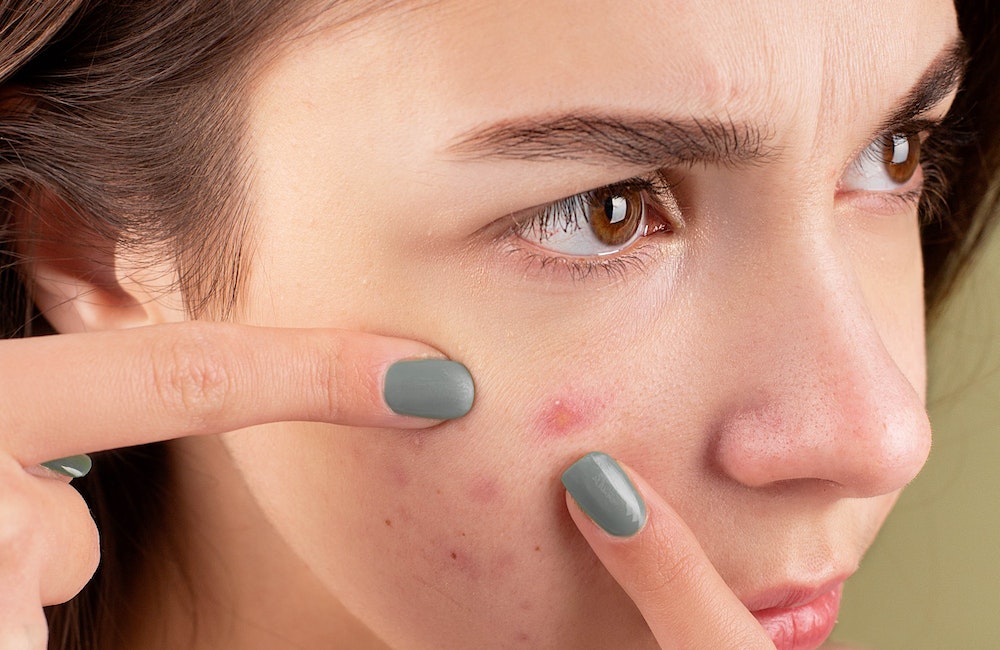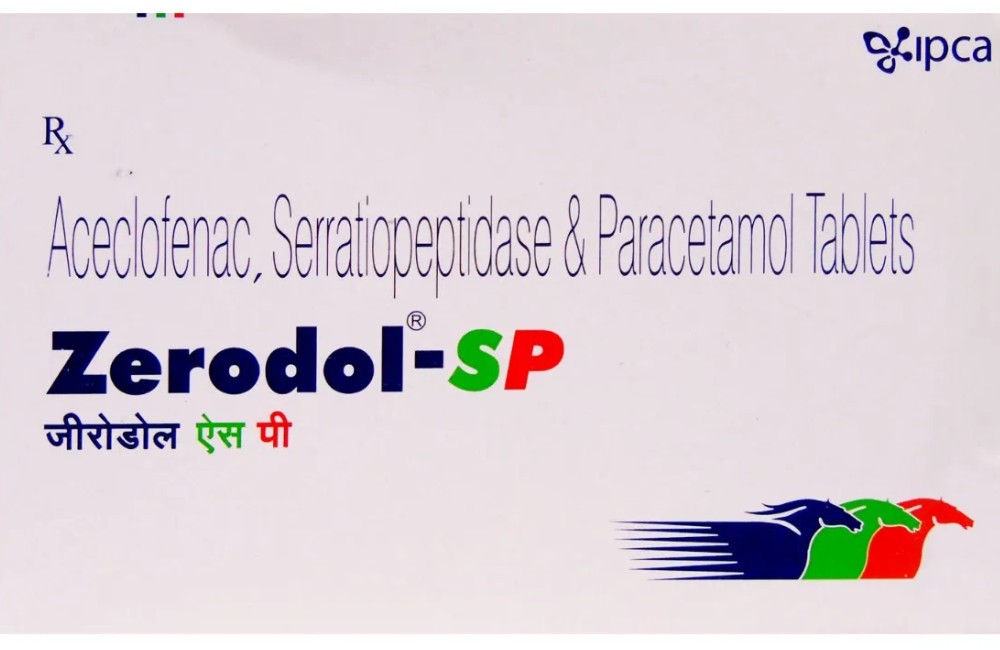Unmasking Acne: How is it Diagnosed and Treated?

Acne, a skin condition that affects millions of people worldwide, can be a source of frustration and discomfort. While it’s a common problem, understanding how acne is diagnosed is the first step towards effective treatment and clearer skin. In this comprehensive guide, we’ll dive into the world of acne diagnosis, exploring the signs to look out for, professional assessment, and the range of treatment options available.
Table of Contents
ToggleIdentifying Acne: Common Symptoms
Recognizing acne is essential for effective management. Common symptoms include the presence of blackheads, whiteheads, pustules, and painful red nodules on the skin, predominantly appearing on the face, neck, chest, and back. These visible signs can lead to discomfort and affect an individual’s self-esteem, making early identification crucial.
At-Home Assessment: Is it Really Acne?
Before taking the step of seeking professional help, it’s advisable to conduct an at-home assessment to ascertain whether the condition is genuinely acne or another skin issue. Distinguishing the root cause is vital as it paves the way for tailored treatment and skincare routines, improving the chances of successful resolution.
When to Seek Professional Help
In situations where at-home remedies prove ineffective or when acne persists in a severe and stubborn form, seeking the guidance of a dermatologist is imperative. Dermatologists possess the expertise needed to provide an accurate diagnosis and recommend appropriate treatment options, preventing the condition from worsening.
The Dermatologist’s Diagnosis
Dermatologists employ a comprehensive approach when diagnosing acne. This involves a thorough examination of the skin, consideration of individual factors such as genetics and medical history, and, in some cases, diagnostic tests. This comprehensive evaluation ensures that the chosen treatment strategy aligns with the patient’s unique needs.
Understanding Acne Severity: Grading the Condition
The severity of acne can vary widely, from mild blemishes to severe cystic lesions. Dermatologists utilize a grading system to categorize the condition’s extent and intensity, aiding both patient understanding and treatment planning. The grading system guides decisions about the level of intervention necessary for each specific case.
Exploring Treatment Options
Addressing acne successfully encompasses a spectrum of treatment options. These options range from topical creams, oral medications, and antibiotics to advanced therapies such as laser treatments, chemical peels, and photodynamic therapy. The choice of treatment is highly individualized, depending on the patient’s unique circumstances and the dermatologist’s expert recommendation.
Combating Acne: Customized Treatment Plans
Recognizing that no two cases of acne are identical, dermatologists craft personalized treatment plans. These plans consider the patient’s specific skin type, the severity of their acne, and their individual preferences and lifestyle. A customized approach optimizes treatment effectiveness while minimizing potential side effects.
Addressing Acne Scarring
For those who have endured acne and are now grappling with residual scarring, dermatological procedures offer hope for improved skin texture and appearance. Treatments like microdermabrasion, dermal fillers, and surgical interventions can help minimize the visibility of scars, boosting self-confidence.
Home Remedies and Skincare Tips
Complementing medical treatments, individuals can incorporate various home remedies and skincare practices into their daily routines to manage acne effectively. This section provides insights into natural remedies, hygiene practices, and skincare routines to enhance overall skin health.
The Role of Diet and Lifestyle
Diet and lifestyle choices exert significant influence on acne. This section delves into how factors like nutrition, stress management, and proper skincare routines play a pivotal role in either exacerbating or mitigating acne. It underscores the importance of holistic well-being in achieving clear, healthy skin.
Conclusion: The Path to Clearer Skin
In conclusion, managing acne is a multifaceted journey that demands early recognition, expert guidance, tailored treatments, and lifestyle adjustments. By diligently following these steps, individuals can navigate their way toward achieving not only clearer skin but also improved self-confidence and overall well-being.
FAQ’s
Common symptoms of acne include the presence of whiteheads, blackheads, pustules, and cysts on the skin. These often appear on the face, neck, chest, and back.
While mild acne can sometimes be managed with over-the-counter treatments and a consistent skincare routine, consulting a dermatologist is advisable for moderate to severe cases. Dermatologists can provide personalized treatment plans tailored to the individual’s specific needs.
Acne medications may have potential side effects, which can vary depending on the type of treatment. Common side effects include dryness, redness, and skin irritation. It’s essential to discuss potential side effects with your dermatologist before starting any acne medication.
Yes, diet and lifestyle changes can play a role in improving acne. Avoiding certain trigger foods, maintaining good hygiene practices, managing stress, and staying hydrated can contribute to healthier skin.
The time it takes to see results from acne treatment varies depending on the severity of the condition and the chosen treatment method. Some individuals may notice improvements in a few weeks, while others may require several months of consistent treatment before achieving clearer skin. Patience and adherence to the treatment plan are essential.
Book an Appointment
Recent Articles
-
 Zerodol-SP Tablet: Power of Pain Relief and Inflammation Control30 Jun 2023
Zerodol-SP Tablet: Power of Pain Relief and Inflammation Control30 Jun 2023 -
 Glycerin for Face: A Game-Changer in Skincare?01 Sep 2023
Glycerin for Face: A Game-Changer in Skincare?01 Sep 2023 -
 The Incredible Benefits of Eating Walnuts: Boosting Your Health One Nut at a Time29 Jun 2023
The Incredible Benefits of Eating Walnuts: Boosting Your Health One Nut at a Time29 Jun 2023 -
 The Marvel of First-Time Sex: Unveiling the Potential for Pregnancy05 Jul 2023
The Marvel of First-Time Sex: Unveiling the Potential for Pregnancy05 Jul 2023 -
 Full Body Checkup: A Complete Test List for Optimal Health02 Nov 2023
Full Body Checkup: A Complete Test List for Optimal Health02 Nov 2023

